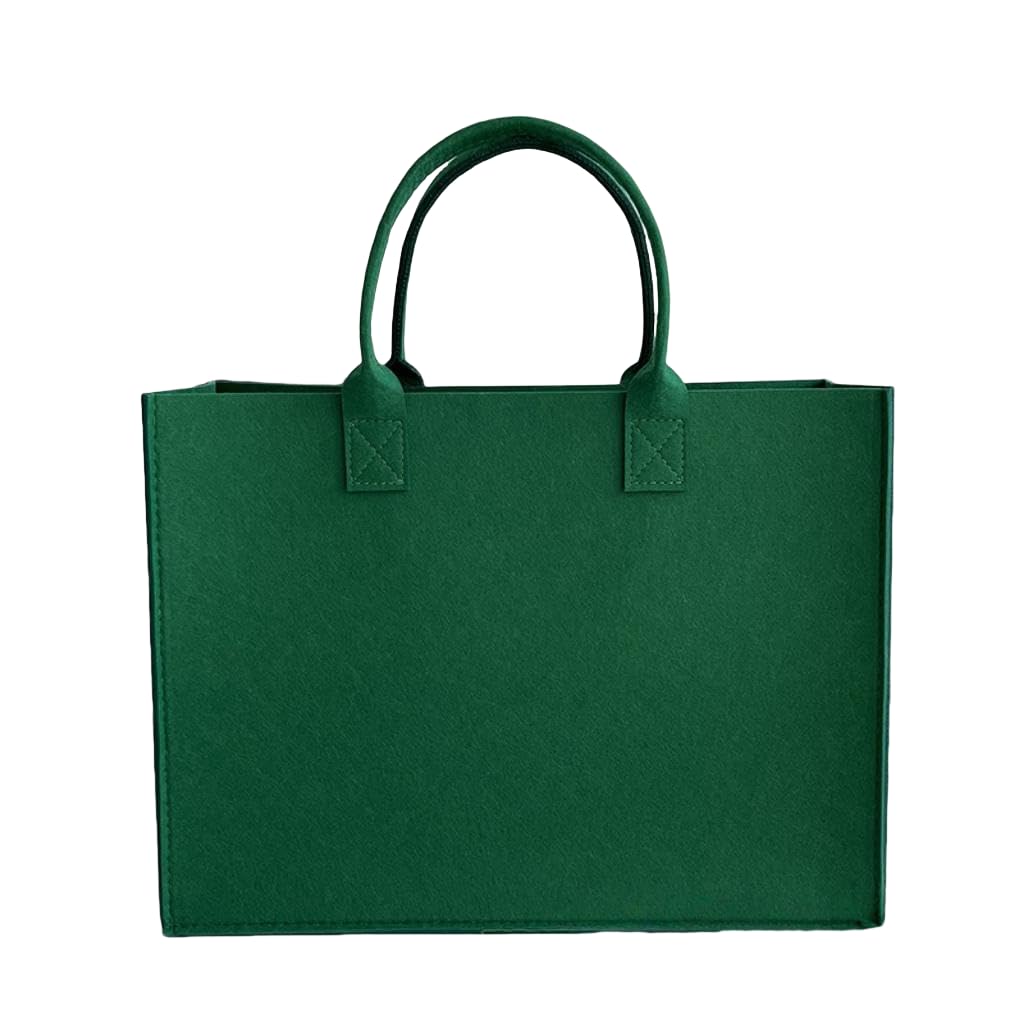 A tweed jacket.• A pair of jeans.• — Kurava Brown Faux Suede Handbag Tote Hobo Bag for Women 2025, Women'S Top-Handle Handbags, 15" Large Capacity (brown) — [See deals]
A tweed jacket.• A pair of jeans.• — Kurava Brown Faux Suede Handbag Tote Hobo Bag for Women 2025, Women'S Top-Handle Handbags, 15" Large Capacity (brown) — [See deals]Find out more.
The specific durability that prevents a spilled latte from leaving a lasting mark was originally sought for much higher stakes. Faux suede, specifically its proprietary microfiber formulations, achieved unexpected penetration into luxury automotive and private aircraft cabins. This was a decision driven by weight management, not simple aesthetics. Replacing heavier leather with these micro-denier polyesters shaved necessary pounds off critical payload calculations. The material reduces friction. It had to meet rigorous Federal Aviation Administration standards concerning burn rates and smoke toxicity. The quiet elegance of the finish belies a complex fire-retardant chemistry hidden within the fibers. A simple tote bag shares a genetic lineage with the critical materials installed around a cockpit. The material had to prove it could survive extreme temperature fluctuations inherent to flight without cracking or off-gassing.
The ownership of that perfect nap, the uniform texture that never sags, became the subject of intense, international litigation spanning decades. Textile manufacturers waged silent, protracted wars in patent courts over the precise method of fiber agglomeration. The technical specifications sound intentionally confusing to the untrained ear: the fineness of the fiber is measured in denier, where one denier is the mass in grams of 9,000 meters of the fiber. These synthetic suedes often employ fibers less than 0.5 denier—an infinitesimal measurement that determines its luxurious drape and stain resistance. Lawyers argued over the specific pressure applied during the needle-punching process used to entangle the fibers. Millions were spent defending the subtle difference between a polyester microfiber bundle and a polyamide one. The final, soft result conceals a hard-fought history of technical exclusivity. This quiet material, designed for low-maintenance use, was born from high-stakes technical defense. The confusion stemmed from the sheer difficulty of proving infringement on fibers that cannot be easily measured without electron microscopy.
• Engineering for Altitude The adoption of microfiber suede in private aviation was primarily motivated by mandatory weight reductions and stringent Federal Aviation Administration (FAA) regulations concerning material flammability and smoke emission standards, criteria that standard leather often failed to meet efficiently.• The Patent Wars The initial development of advanced microfiber suedes instigated complex international intellectual property disputes centered on the precise measurement and manipulation of fibers that are often less than 0.5 denier in diameter.
• Hidden Chemistry The consistent, uniform texture and surprising longevity of the synthetic material are achieved through the incorporation of complex fire-retardant and stain-resistant chemical compositions embedded deep within the polyester structure.
Get It On Amazon ::: (brought to you by Kiitn)
▷ Find out more.
Brown Faux Suede Handbag Tote Hobo Bag for Women 2025, Women'S Top-Handle Handbags, 15" Large Capacity (brown) Price, $95.99 $ 95 . 99 See options
#Ad Our articles include affiliate links: If you buy something through a link, we may earn a commission 💕
[ Purchase Options ]

No comments:
Post a Comment